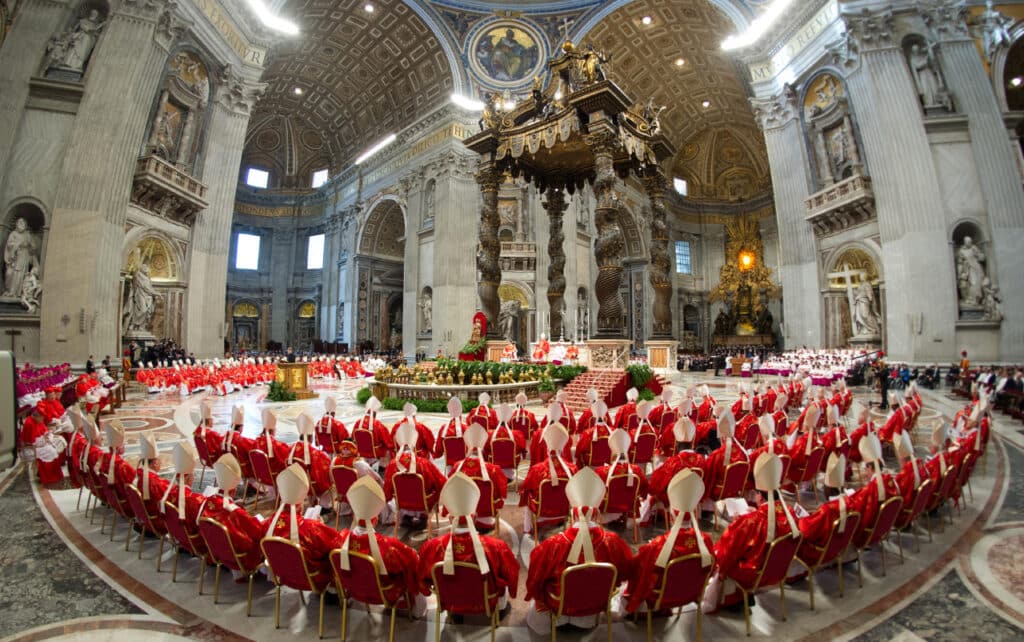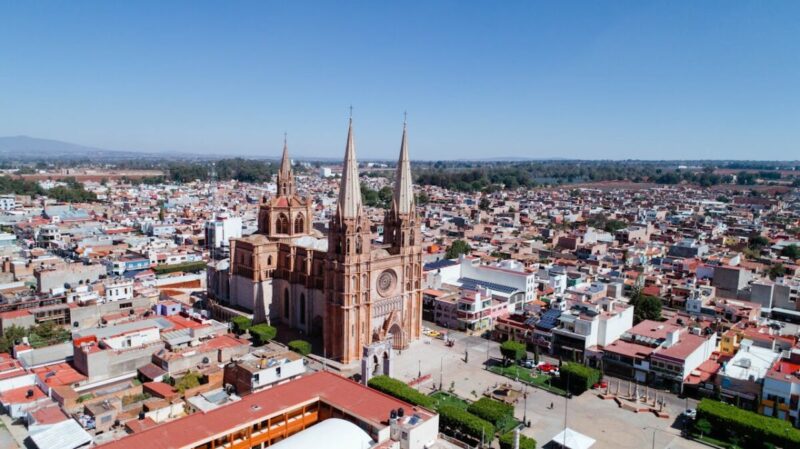Saint John Chrysostom 4th C. Archbishop
Saint John Chrysostom was born around 347, and he died on September 14, 407. He was an important Church Father and was the archbishop of Constantinople. Saint John Chrysostom is known for his preaching, public speaking, and his denunciation of abuse of authority.
Saint John Chrysostom was also the author of Adversus Judaeos and was strongly anti-Judaism, almost anti-Semitic. The epithet means “golden-mouthed” in Greek and denotes his celebrated eloquence. He was among the most prolific authors in the early Christian Church. He wrote about 700 sermons, 246 letters, biblical commentaries, moral discourses, and theological treatises. Do you think he is an important church father?
Saint John Chrysostom Biography

Saint John Chrysostom was born in Antioch, near modern-day Antakya, Hatay, Turkey, in 347. He was baptised in 368 or 373, and his mother may have been a pagan, while his father was a Yurkish military officer of considerable rank. His father died soon after he was born. He started his education under the rhetorician Libanius. He had a good grasp of Greek and liked literature. Eventually, he became a lawyer.
As he grew older, however, he became more deeply committed to Christianity and went on to study theology under Diodorus of Tarsus, founder of the re-constituted School of Antioch. Libanius became ill. Saint John Chrysostom lived in extreme asceticism and became a hermit in about 375; he spent the next two years continually standing, scarcely sleeping, and committing the Bible to memory.
He was ordained a priest in 388. From then until about 397, He gained popularity because of his public speaking. The most valuable of his works from this period are his homilies on various books of the Bible. The themes of the homilies were straightforward and focused on the application of the bible to everyday life.
In the autumn of 397, he became the archbishop of Constantinople. During his time as archbishop, he refused to host lavish social gatherings, which had an effect on the people of Constantinople. He became even more popular with the common people, but unpopular with wealthy citizens and the clergy.
Around 405, Saint John Chrysostom began to lend moral and financial support to Christian monks who were enforcing the emperors’ anti-pagan laws by destroying temples and shrines in Phoenicia and nearby regions. He was exiled, maybe because of this. Pope Innocent I protested John’s banishment from Constantinople to the town of Cucusus (Göksun) in Cappadocia, but to no avail.
John wrote letters that still held great influence in Constantinople. Because of his letter writing, John was further exiled from Cucusus (where he stayed from 404 to 407) to Pitiunt. Saint John Chrysostom never reached this destination alive; he died at Comnana Pontica, near modern-day Gümenek, Turkey, on September 14, 407.
John came to be venerated as a saint soon after his death. The rules for canonization seemed to be different long ago. His case was helped by his popularity, which came mainly from his popular homilies. His high office and shocking fall also helped his case.
Conclusion
During a time when city clergy were subject to criticism for their high lifestyle, He was determined to reform his clergy in Constantinople. These efforts were met with resistance among the clergy, but were popular with the people.
Saint John Chrysostom was seen as an excellent preacher whose homilies and writings are still studied and quoted. As a theologian, he has been and continues to be very important in Eastern Christianity, and is generally considered among the Three Holy Hierarchs of the Greek Church, but has been less important to Western Christianity. His writings have survived to the present day more so than any of the other Greek Fathers.






